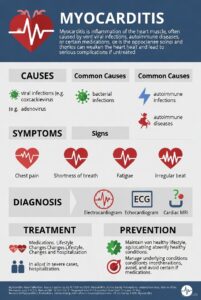Fracture reduction
- Closed reduction
- Nonsurgical, manual realignment of bone fragments
- Traction and countertraction applied
- Under local or general anesthesia
- Immobilization afterwards
- Open reduction
- Surgical incision
- Internal fixation
- Risk for infection
- Early ROM of joint to prevent adhesions
- Facilitates early ambulation
Traction
- Purpose
- Prevent or decrease pain and muscle spasm
- Immobilize joint or part of body
- Reduce fracture or dislocation
- Treat a pathologic joint condition
- Pulling force to attain realignment – countertraction pulls in opposite direction
- Two most common types of traction
- Skin traction
- Skeletal traction
- Skin traction
- Short-term (48-72 hours)
- Tape, boots, or splints applied directly to skin
- Traction weights 5 to 10 pounds
- Skin assessment and prevention of breakdown imperative
- Skeletal traction
- Long-term pull to maintain alignment
- Pin or wire inserted into bone
- Weights 5 to 45 lbs.
- Risk for infection
- Complications of immobility
- Maintain countertraction, typically the patient’s own body weight
- Elevate end of bed
- Maintain continuous traction
- Keep weights off the floor




